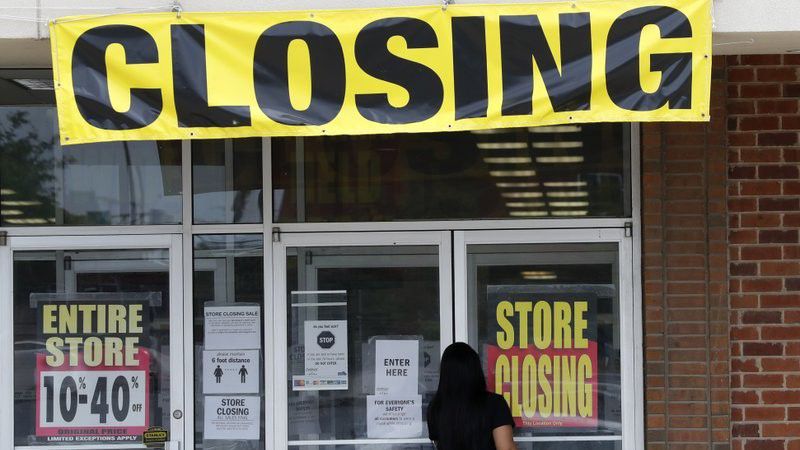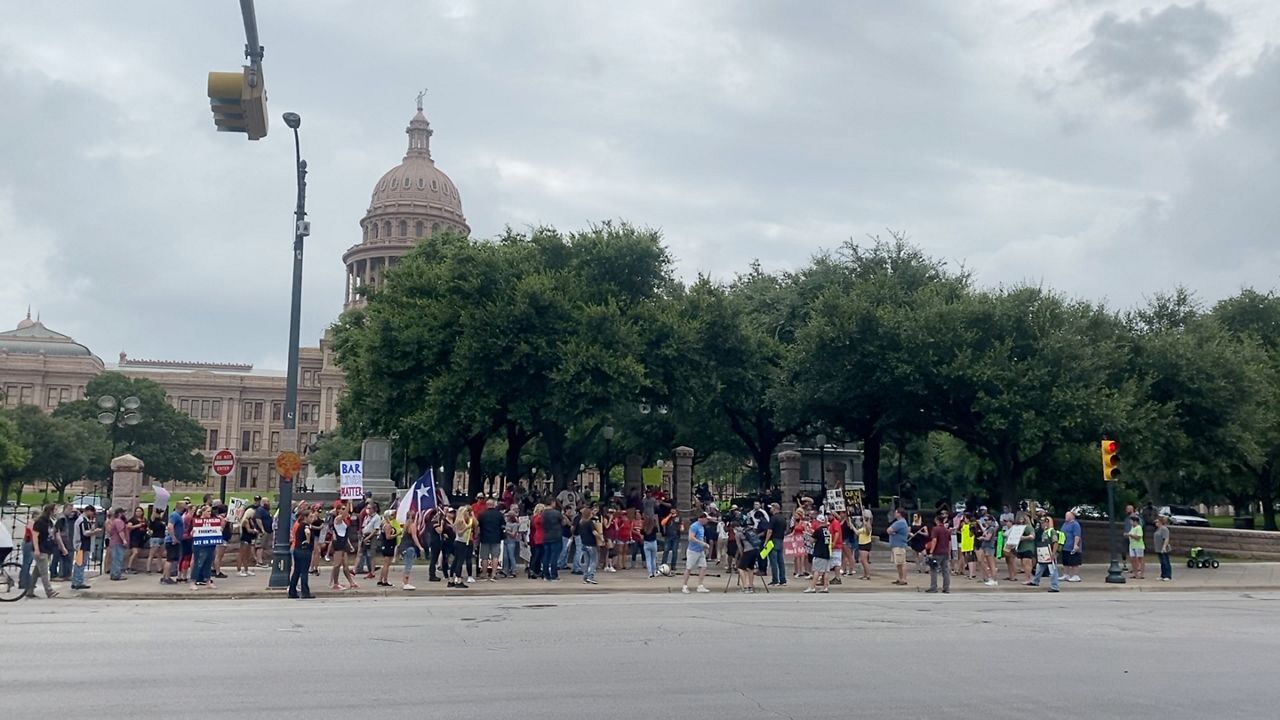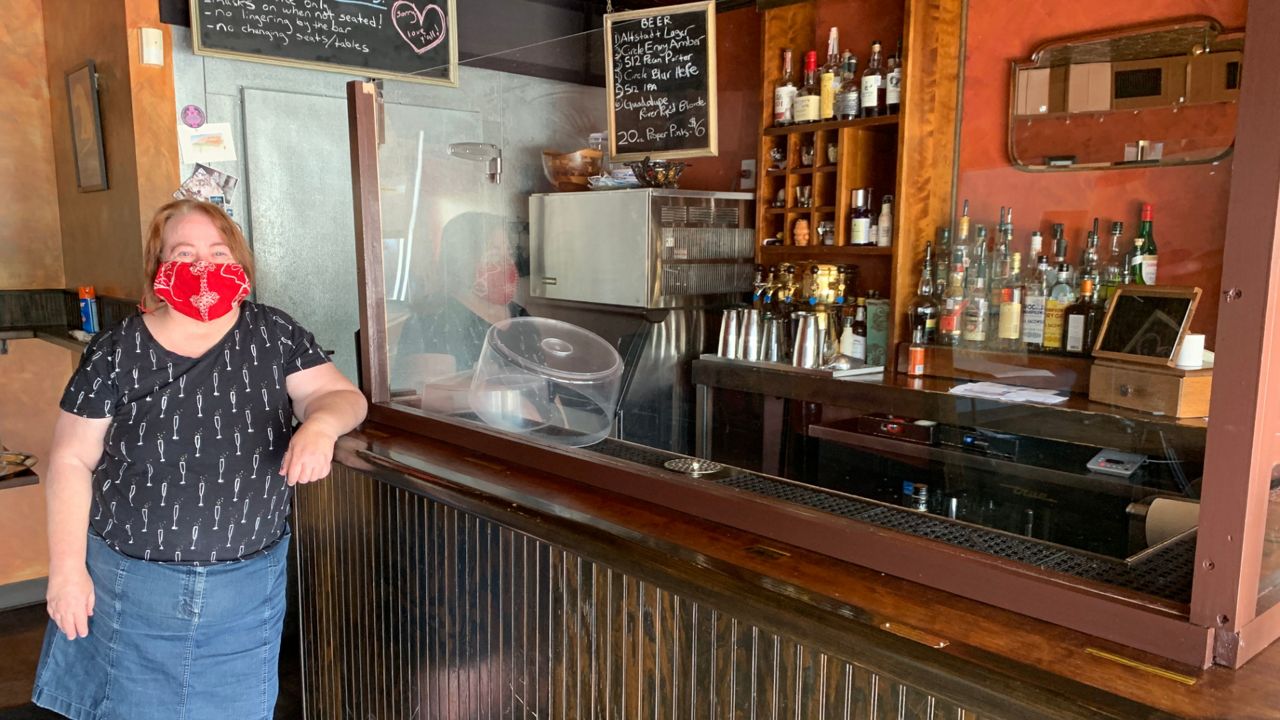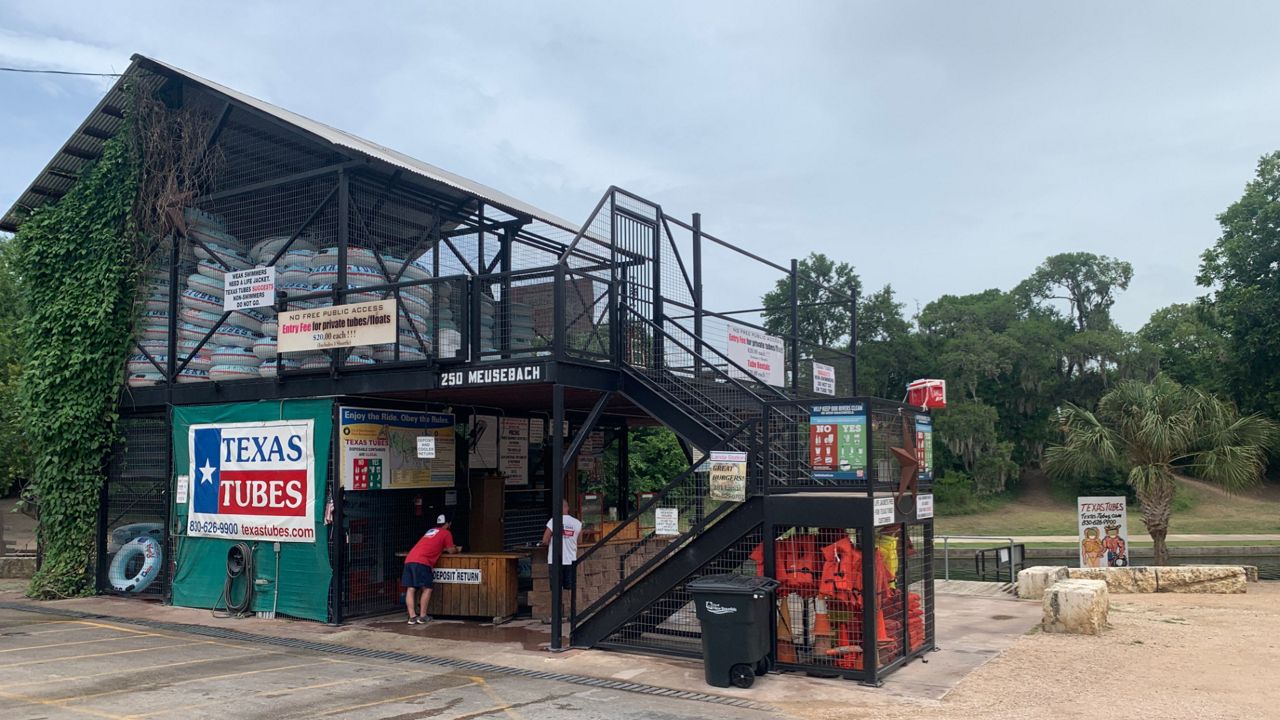NATIONWIDE — A group of economists declared Monday that the U.S. economy entered a recession in February as the coronavirus struck the nation, ending the longest expansion on record.
What You Need To Know
- U.S. entered recession in February
- Average recession lasts 11 months
- The current recession could be the shortest and deepest
The economists said that employment, income and spending peaked in February and then fell sharply afterward as the viral outbreak shut down businesses across the country, marking the start of the downturn after nearly 11 full years of economic growth.
Definition of a Recession
There are a couple of popular ways to define a recession. A recession is two consecutive quarters of declining gross domestic product (GDP). According to economist Julius Shiskin, a healthy economy expands over time, so two consecutive months of contraction signals serious underlying economic problems.
A committee within the National Bureau of Economic Research (NBER), a private nonprofit group, has its own definition of a recession. It broadly defines a recession as “a decline in economic activity that lasts more than a few months.” NBER’s definition is more flexible than Shiskin’s.
The NBER typically waits longer before making a determination that the economy is in a downturn. In the previous recession, the committee did not declare that the economy was in recession until December 2008, a year after it had actually begun. But in this case, the NBER said the collapse in employment and incomes was so steep that it could much more quickly make a determination.
“The unprecedented magnitude of the decline in employment and production, and its broad reach across the entire economy, warrants the designation of this episode as a recession, even if it turns out to be briefer than earlier contractions,” the NBER panel said.
The way the NBER defines recessions, it begins in the same month that the previous expansion ends. Because the economy peaked in February, that is the month when the recession officially began, rather than in March, when unemployment began to rise.
What Causes a Recession?
Some of the causes of recession include too much inflation or deflation, excessive debt, asset bubbles, and sudden economic shock. The coronavirus pandemic is an example of sudden economic shock.
How Long Do Recessions Last?
According to NBER, from 1945 to 2009, the average recession lasted 11 months. The U.S. has gone through three recessions over the last 30 years:
- The Gulf War Recession (July 1990 to March 1991)
- The Dot Com Recession (March 2001 to November 2001)
- The Great Recession (December 2007 to June 2009)
The unemployment rate is officially 13.3 percent, down from 14.7 percent in April. Both figures are higher than in any other downturn since World War II. A broader measure of underemployment that includes those who have given up looking and those who have been reduced to part-time status is 21.2 percent.
On Friday, the government said that employers added 2.5 million jobs in May, an unexpected gain that suggested job losses may have bottomed out. A recession ends when employment and output start to pick up again, not when they reach their pre-recession levels. So it’s possible that the recession could technically end soon.
That would make the current recession the shortest and deepest on record. It is expected to be followed by an extended recovery before the economy manages to regain its pre-pandemic levels of production and employment. Some economists say it could take two years or more, with the unemployment rate likely still 10 percent or higher at the end of this year.
The Associated Press contributed to this article.









